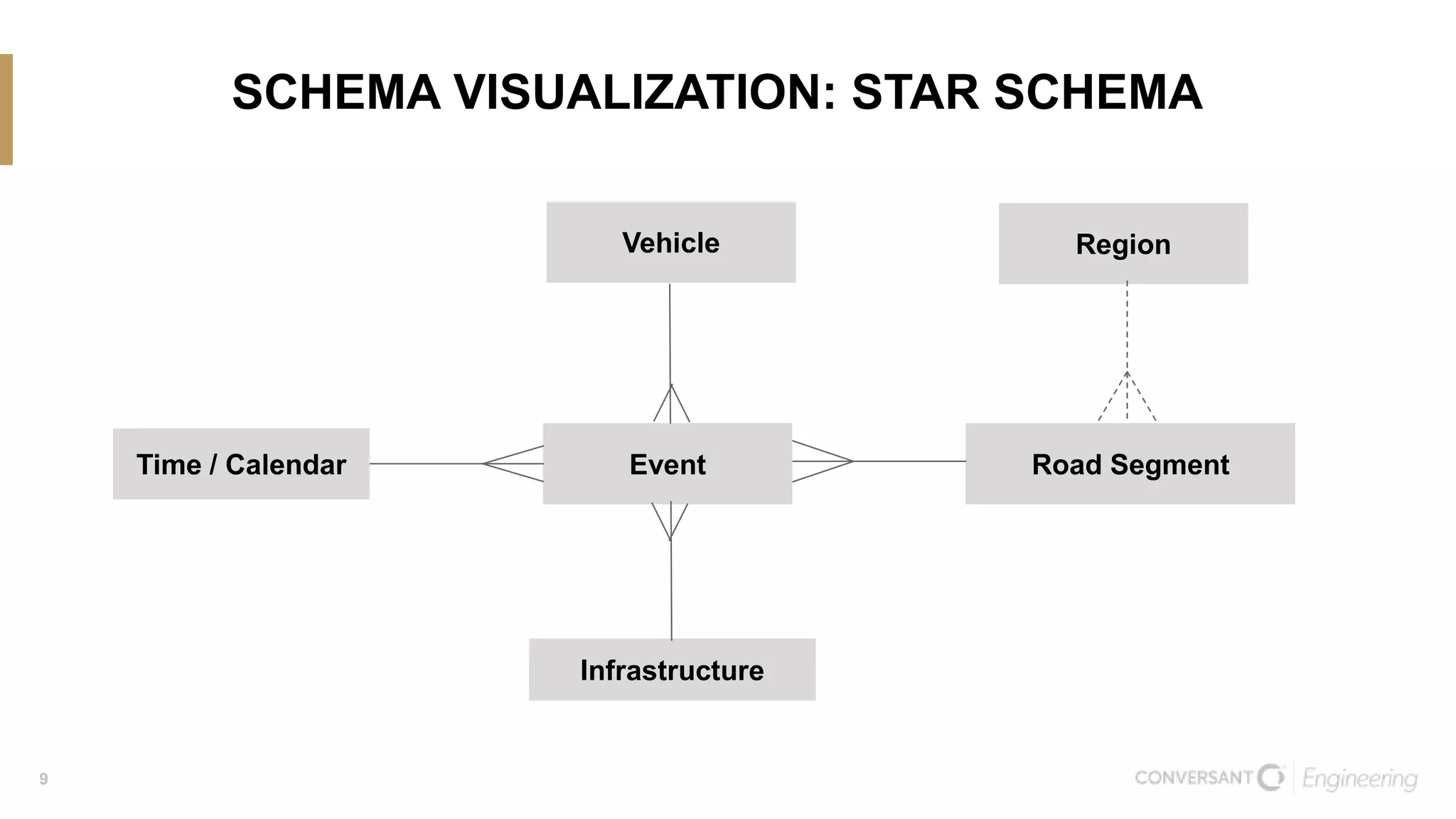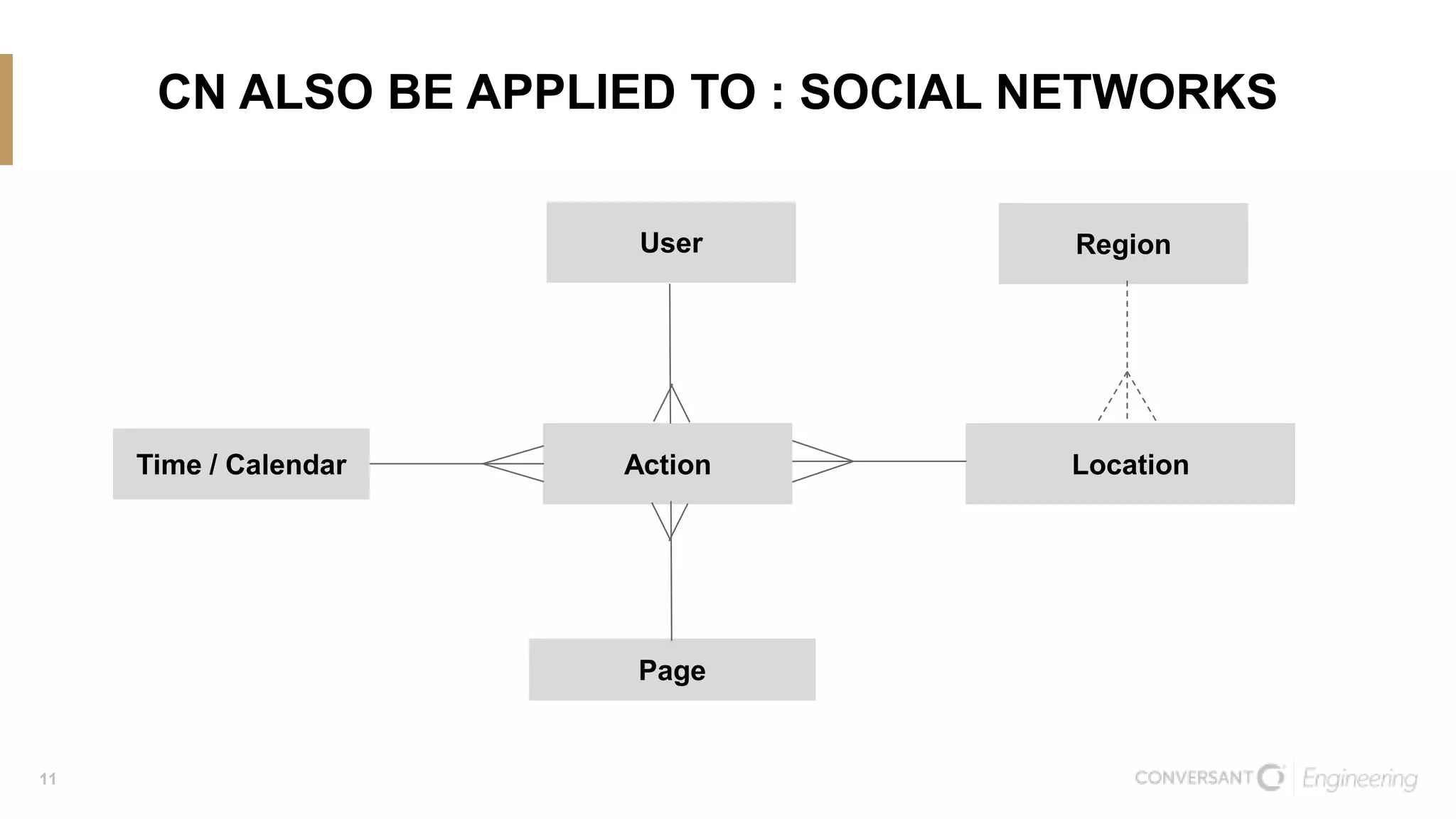The document discusses data modeling for IoT applications, focusing on intelligent vehicles and their interactions with cloud infrastructure. It outlines a sample application architecture, data model requirements, and potential challenges related to data volume, velocity, and variety. Additionally, it presents a Cassandra-based approach for managing IoT data, including schema design and efficient query handling.





























![30
SCALA SAMPLE TO MAP SET DATA INTO
INDIVIDUAL CASSANDRA ROW ACCESS
case class Data(key: String, values: Set[String]) extends
Iterator[Tuple2[String, String]] {
private val i = values.iterator
def hasNext = i.hasNext
def next = Tuple2[String, String](key, i.next)
}
val d = Seq[(String, Set[String])](("a",
Set[String]("a-1", "a-2", "a-3")))
scala> d.flatMap(i => Data(i._1, i._2))
res3: Seq[(String, String)] = List((a,a-1), (a,a-2), (a,a-3))](https://image.slidesharecdn.com/apache-iot-2017-data-modeling-170609140347/75/Data-Modeling-for-IoT-and-Big-Data-30-2048.jpg)
